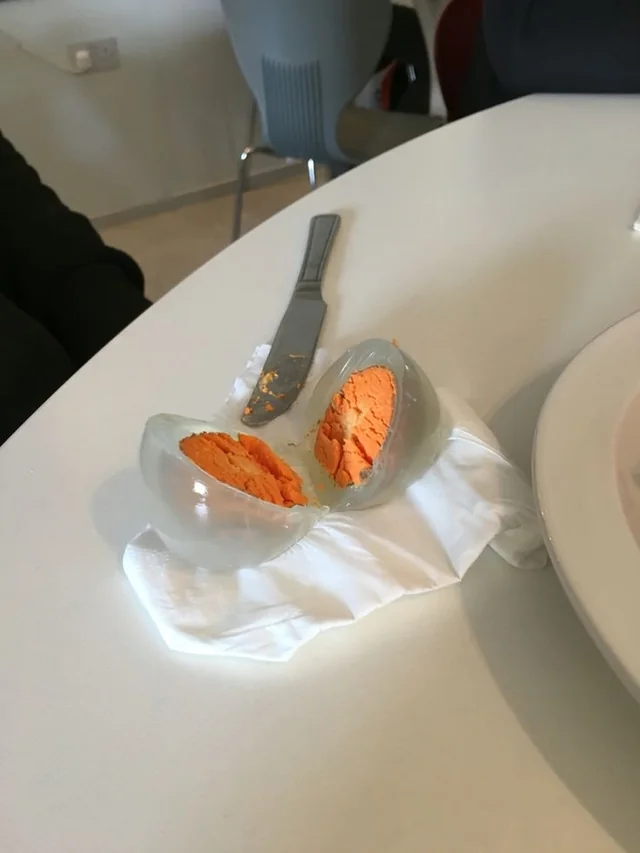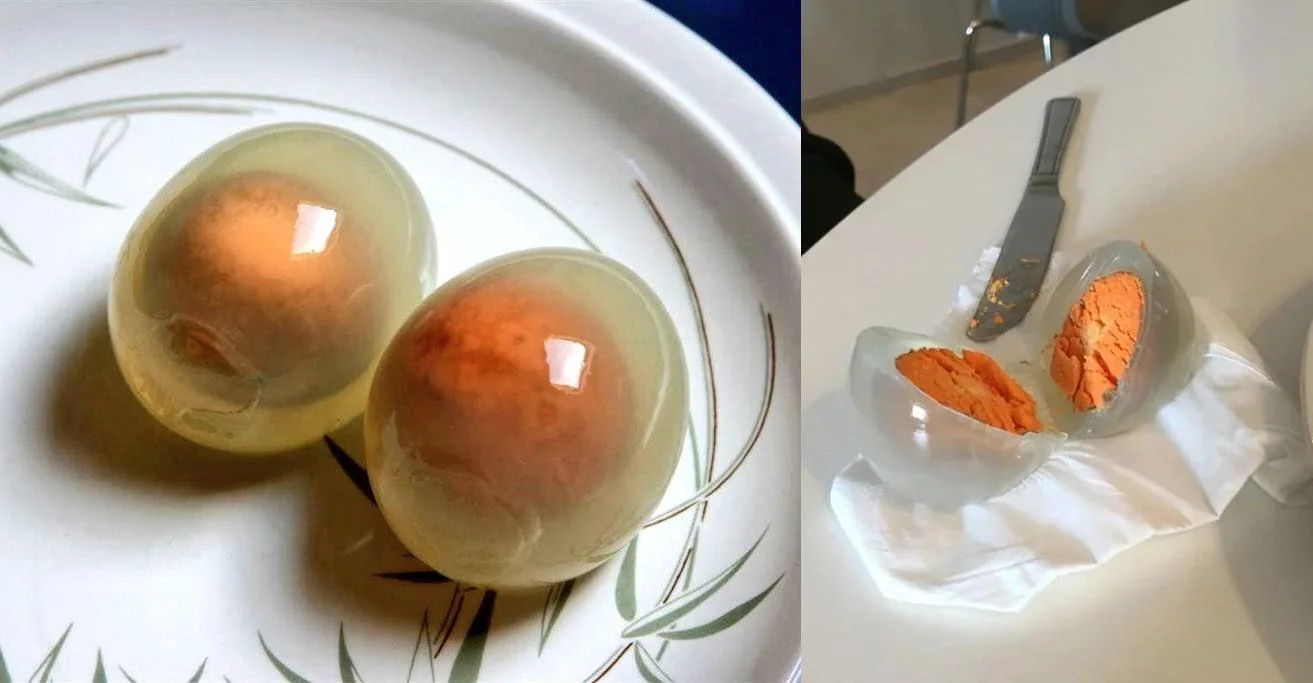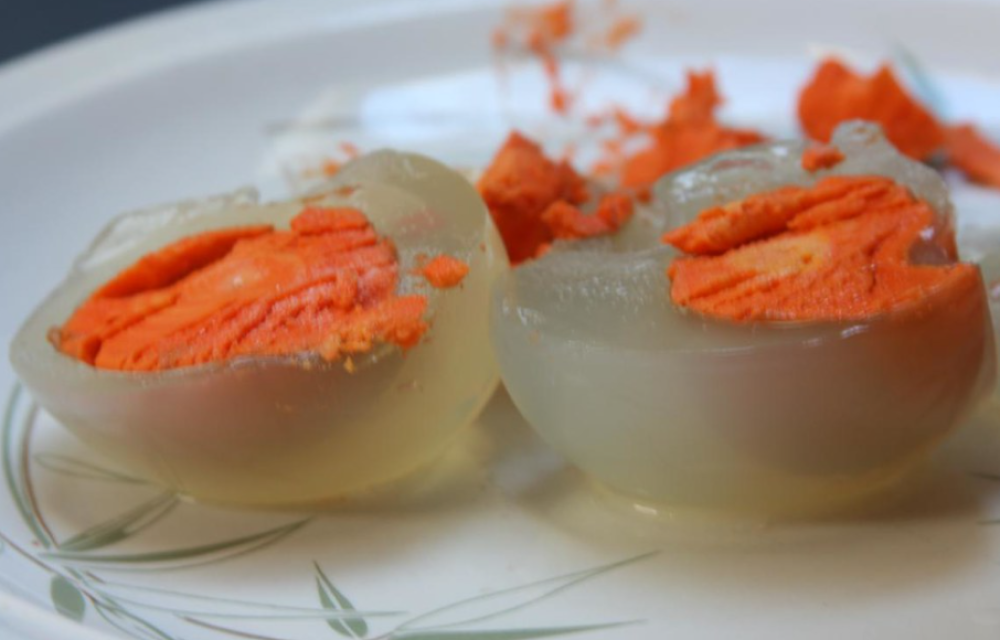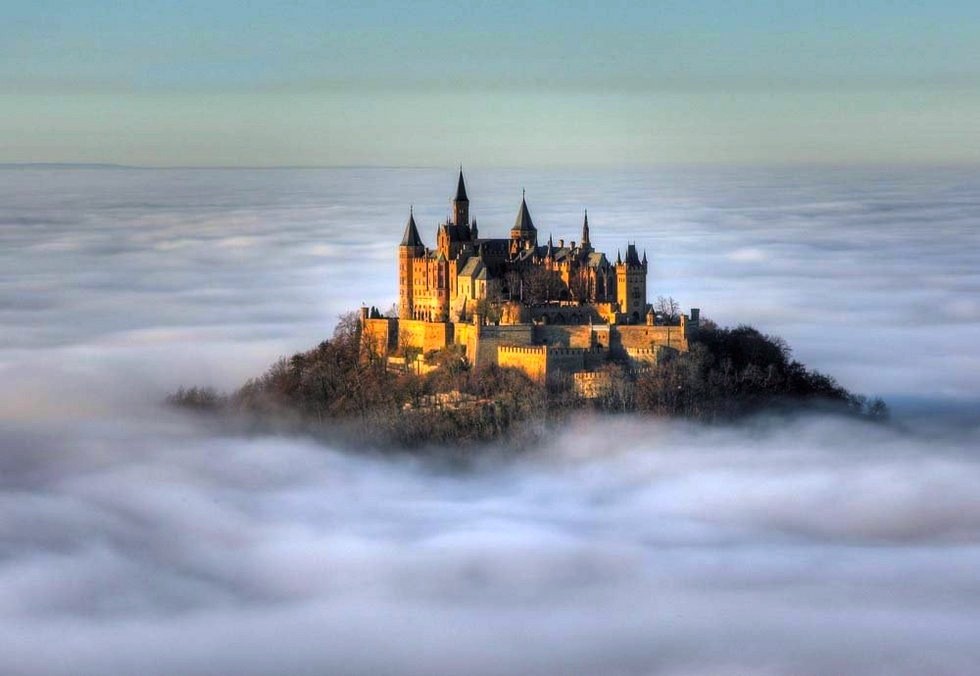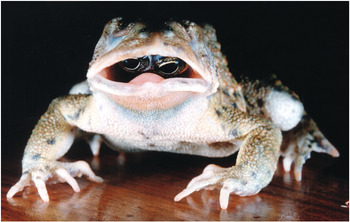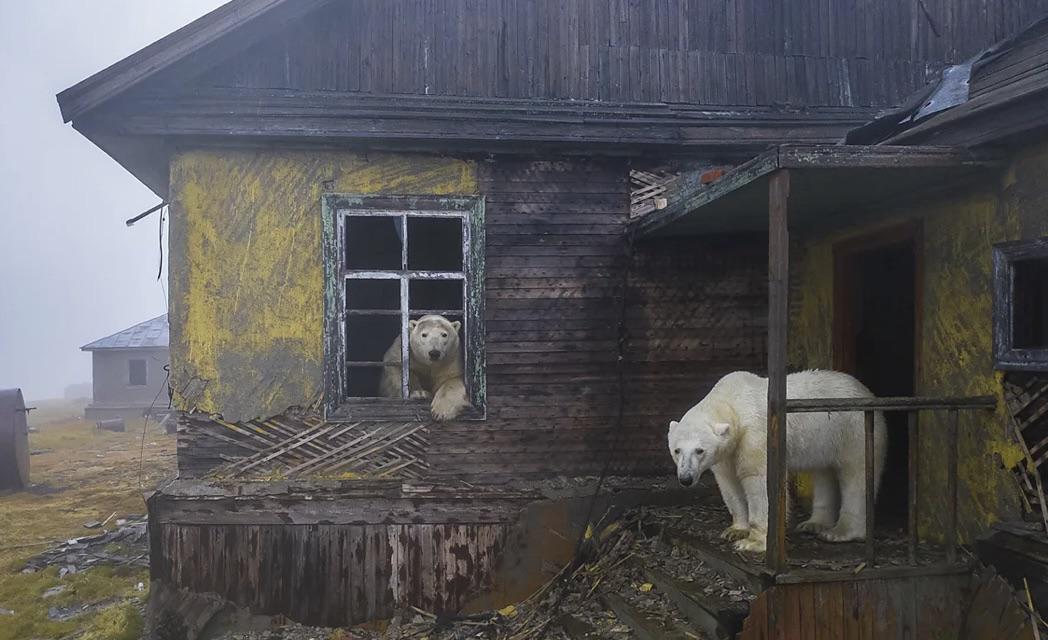In the realm of culinary curiosities, few phenomena are as visually striking as the transformation of penguin egg whites during cooking. Unlike the familiar opaque white of chicken eggs that most people encounter in their kitchens, penguin egg whites undergo a remarkable metamorphosis when heated – they become completely transparent. This unusual characteristic has fascinated scientists, naturalists, and culinary experts alike, offering a window into the extraordinary adaptations of these polar birds.
Penguin eggs represent one of nature’s most specialized designs. Laid in some of the harshest environments on Earth, these eggs have evolved distinct properties that allow them to withstand extreme conditions. The transparency of their cooked egg whites is not merely a visual oddity but is connected to the unique biochemical composition that enables survival in sub-zero temperatures.
Scientists believe this unusual property stems from the specific protein structures found in penguin egg whites. While all bird eggs contain proteins like ovalbumin and ovotransferrin, the molecular composition of penguin egg proteins has evolved differently. These adaptations appear to be directly linked to the extreme environmental pressures of Antarctic and sub-Antarctic breeding grounds.
When heated, proteins in egg whites typically denature – they unfold from their natural state and then re-form into a solid, opaque mass. This process creates the familiar white appearance in cooked chicken eggs. However, penguin egg proteins denature differently due to their unique amino acid sequences and molecular structures.
The proteins in penguin egg whites contain a higher proportion of certain amino acids that create different hydrogen bonding patterns when heated. Instead of forming dense, light-reflecting networks, they arrange in a way that allows light to pass through, resulting in the transparent appearance. This molecular behavior represents a remarkable example of how environmental pressures can shape even the finest details of an animal’s biology.
The unique properties of penguin egg whites are not random but represent specific evolutionary adaptations. Researchers hypothesize that this protein structure provides several advantages in the harsh Antarctic environment:
- Enhanced thermal properties that protect the developing embryo from extreme temperature fluctuations
- Improved resistance to freezing, crucial in sub-zero nesting environments
- Potentially greater nutritional efficiency, providing the developing chick with optimally structured proteins
These adaptations underscore the remarkable specialization of penguins to their challenging environments, extending beyond the obvious physical adaptations like body shape and feather structure to the molecular composition of their reproductive biology.
While penguin eggs are strictly protected and not consumed in modern times, historical accounts from early polar explorers mention this unusual cooking property. Antarctic expeditions in the early 20th century sometimes relied on penguin eggs as an emergency food source, and journals from these expeditions contain some of the first scientific observations of this phenomenon.
Today, this unique characteristic serves as an important reminder of the biological diversity that exists even in seemingly similar structures across different species. It demonstrates how evolution can create remarkable variations even in something as seemingly standardized as an egg.
The study of unique biological properties like transparent egg whites underscores the importance of penguin conservation. Each specialized adaptation represents millions of years of evolutionary fine-tuning, creating biological solutions that are often still not fully understood by science.
As climate change continues to affect polar environments, protecting these remarkable birds and their specialized adaptations becomes increasingly crucial. The transparent egg white phenomenon serves as a visible reminder of the hidden complexities that make each species uniquely valuable to our planet’s biodiversity.
The clear-cooking penguin egg white stands as a fascinating example of how nature often holds surprising secrets even in seemingly mundane biological structures. It reminds us that the natural world continues to offer unexpected discoveries that challenge our understanding and expand our appreciation for the remarkable diversity of life on Earth.
This peculiar feature of penguin biology serves as a compelling reminder that even the most ordinary aspects of animal life can reveal extraordinary adaptations when examined closely – a transparent window into the marvels of evolution at work.
